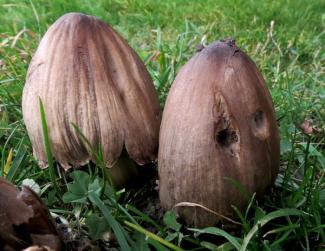This will be a day of two halves. We will start the day exploring urban wildlife sites on reclaimed industrial sites with wetland and meadows (Blackburn Meadows and Centenary Riverside, Rotherham). These lie adjacent to Tinsley Canal and the River Don. The sites are small and fairly flat. There are no seats in the hides at Blackburn Meadows, from which the fenced off lakes are viewed.
In the afternoon we will visit Carr House Meadows, a varied traditional meadow north of Sheffield. The site is on a slope and accessed over a high stile, but the walking distance does not need to be far. Some areas of the meadow are wet. There will be an opportunity to extend the walk to include woodland and reservoir.
We will access toilets during the day. We will stop for a pub meal at The Sovereign, Shepley on our return journey, for which advance bookings will be necessary. You will receive a menu if you book this trip, indication price £11.95
Leader: Julia Pearson
Minibus transport; depart Unitarian Church 9.30am. Cost £8

